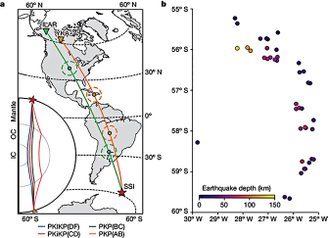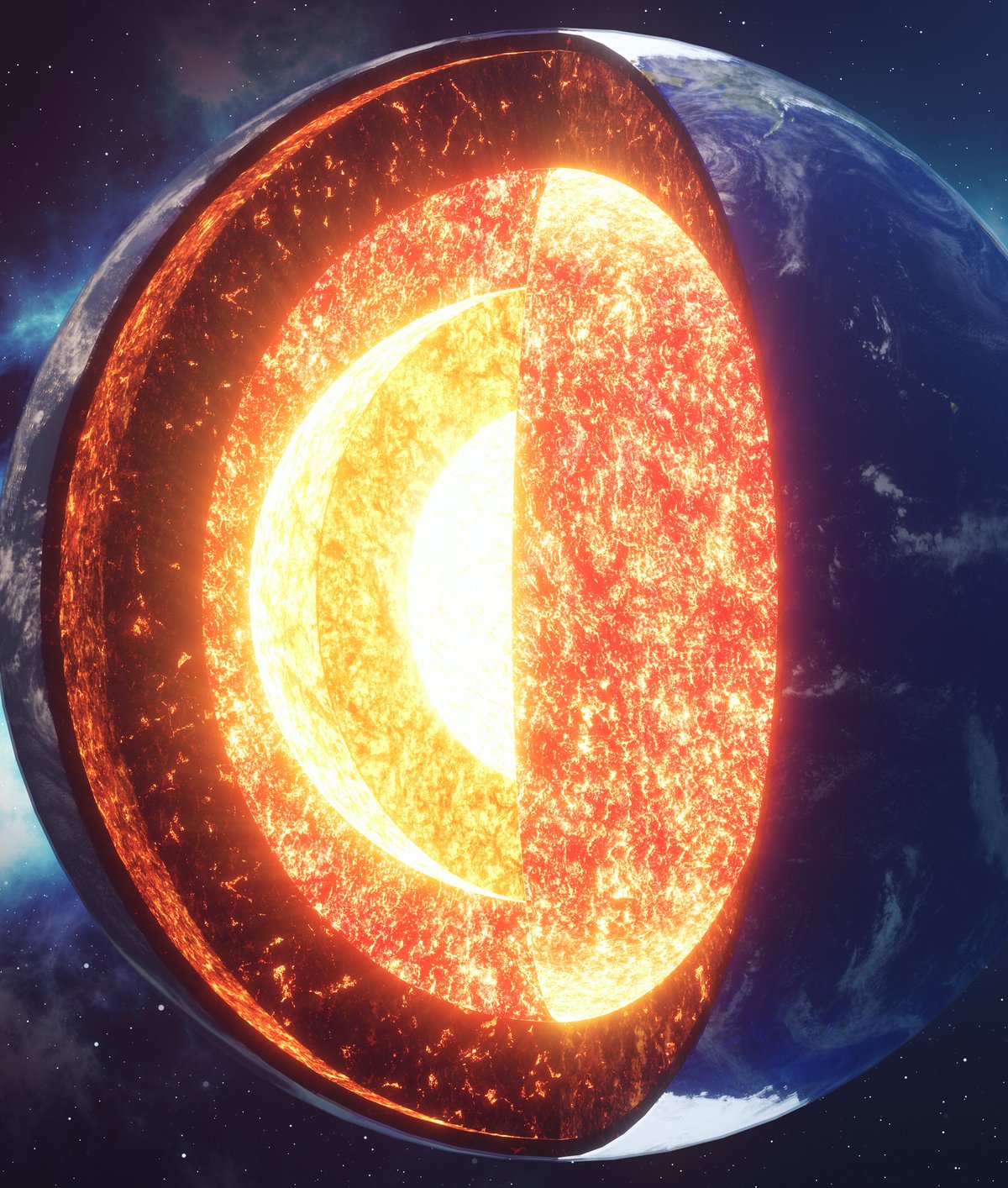Contrary to scientific studies that claim that the Earth’s inner core rotates faster than the planet’s surface, a recently published study by an international team of scientists proved that the huge iron-nickel ball is now slowing down.
Our planet’s inner core is a solid sphere whose composition consists of 85% iron, about 10% nickel, and small amounts of other elements such as sulfur, oxygen, and silicon. “Immersed” in a super-hot liquid the size of the Moon and of similar chemical composition, rotates due to viscous drag.
The inner core began to slow down around 2010, according to new research published in the journal Nature. “When I first saw seismograms that suggested this change, I was confused,” said author John Vidale of USC Dornsife. Although other authors have advocated similar models, “Our latest work provides the most convincing solution”It gives a guarantee to the teacher.
How were scientists able to analyze the Earth’s core?
The result is that the inner core turns upside down and moves backwards relative to the planet’s surface. because for the first time in the last 40 years it rotates slower instead of faster. Realizing this represents a challenge, because The inner core is more than 4,800 kilometers beneath our feet and cannot be visited or viewed..
To obtain more reliable data, the team took an innovative approach of examining seismic waves resulting from repeated earthquakes; Seismic events that occur in the same location and produce the same seismograms.
What are the consequences of the slowdown in the Earth’s core?

To prove their hypothesis, the researchers collected seismic data from 121 repeated earthquakes in the South Sandwich Islands between 1991 and 2023, in addition to twin Soviet (1971-1974), French and American nuclear tests that were also available in other studies of the inner core.
According to Vitale, the reason for the slowdown in the speed of the inner core is a complex phenomenon and is still being investigated. It is caused by the combination of three interconnected factors: The constant churning of the outer core (which creates the Earth’s magnetic field) as well as the gravitational “pulls” of the rocky mantle above the two layers.
Regarding the possible consequences of the change in the movement of the inner core relative to the Earth’s surface, Vidale explained: Although there is a real possibility that the length of our days will increaseHe concludes that this will only happen “about a thousandth of a second, almost lost in the noise of the turbulent oceans and atmosphere.”
Stay up to date with the latest studies about our planet at TecMundo. If you wish, take the opportunity to understand how the melting of polar ice changes the length of the year on Earth.
Source: Tec Mundo
I’m Blaine Morgan, an experienced journalist and writer with over 8 years of experience in the tech industry. My expertise lies in writing about technology news and trends, covering everything from cutting-edge gadgets to emerging software developments. I’ve written for several leading publications including Gadget Onus where I am an author.












